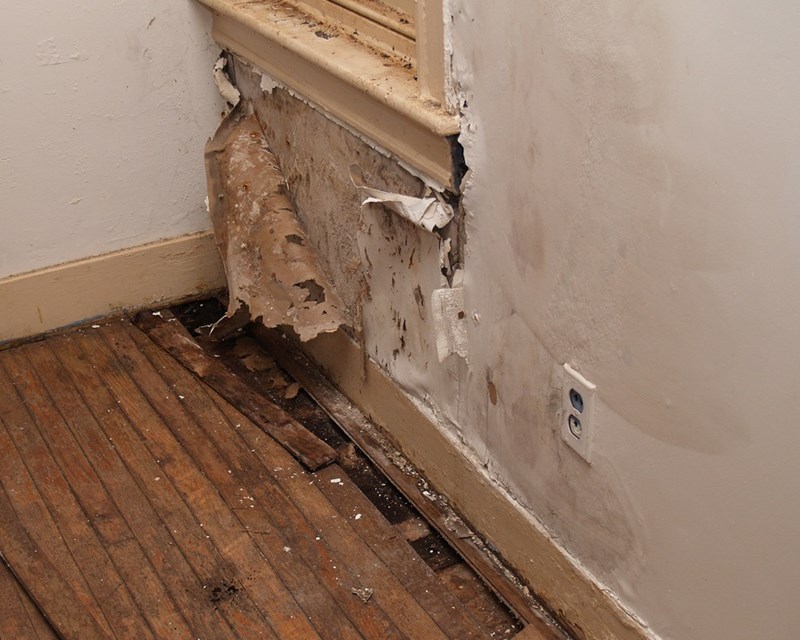We've stumbled upon this post about Preventing Water Damage in the Bathroom down the page on the internet and felt it made good sense to discuss it with you in this article.

The shower room is incredibly at risk for damp accumulation and prospective water damage because of the frequent use of water in it. This write-up uses straightforward examination techniques to aid detecting water damage risks.
The regular use water in the washroom makes it exceptionally vulnerable for moist accumulation as well as prospective water damages. By checking it on a regular basis, you can lower water relevant problems.
The following collection of examinations is easy to perform and should be done once in every 3 months in order to maintain your washroom in good shape and to avoid prospective water problems brought on by the bath tub, the shower, pipeline joints and also plumbing, sinks, cabinets, and the toilet
Do not neglect performing these inspections and be comprehensive while doing them. Bear in mind that these basic assessments can save you a lot of money by offering early indicators for water damage
Sinks as well as Cabinets
Sinks as well as cupboards are subjected to wetness and humidity daily and are often overlooked. Inspect regularly under the sink and on the countertop over it. Fix any kind of drip in the catch as it may suggest drain problems. Look around the sink, slow-moving draining pipelines may suggest a blocked drain. Change sink seals if they are cracked or loose.
Bathtub and also Shower
The shower and also tub need special attention and also upkeep. Inspect the ceramic tiles and change if split. Make certain that there is no missing cement in between the ceramic tiles. Examine and change split caulking at joints where the walls meet the flooring or the tub. Blocked drains and also pipes troubles will certainly avoid the bathtub from drying out as well as may show severe problems beneath the bath tub. Speak with a professional quickly to avoid structural damages. Focus on discolorations or soft locations around the tub walls as they might show an interior leak.
Plumbing
Signs for water damages are hard to detect given that most pipelines are installed inside the wall surfaces.
Pay special focus to flooring and wall surfaces dampness as well as stains as they might indicate an unseen plumbing issue. Examine wetness degrees in adjoining areas also.
The Toilet
The bathroom is a vulnerable water joint. Check the water lines as well as search for leakages around the commode seat, in the pipe, as well as under the water container. If you discover any indications of dampness on the floor around the commode, check for leakages in the toilet rim as well as container seals.
Understand that hanging commode bowl deodorants boosts the opportunities for clogs.
Water Damage Signs In The Bathroom To Avoid Cleanup
Musty smell
This is one of the easiest signs to catch because musty smells are so odorous. The damp, earthy, moldy smell should be a big red flag. The smell will develop when moisture gets trapped in surfaces, and begins to facilitate mold growth. Leaking pipes under cabinets, inside walls, and behind shower fixtures will cause moisture to stay trapped and not dry, which will lead to mold growth and spread. As soon as you notice any musty smells in your bathroom, have it checked for hidden water damage and cleanup signs.
Visible mold
If the smell isn’t there to give it away, sometimes you will actually see mold growth. Finding mold in your bathroom is a serious problem, because mold is very harmful to your health. By the time mold growth is visible, it also means that water damage has already occurred and been present for some time. The only way the mold problem can be resolved is to find the source of the moisture and get it stopped. To safely and adequately remove mold, you need to have professionals handle the remediation. Do not waste any time in getting mold problems addressed, fixed, and sanitized so that you can protect you and your family from the many respiratory symptoms caused by mold exposure.
Damaged floors
Bathroom floors should be able to withstand some exposure to water while still remaining in good condition. However, when excess exposure or water leaks occur, they will begin to damage even the most water-resistant flooring. If you notice any cracking, bubbling, staining, or warping on your bathroom floors, there is probably a water leak somewhere causing the distortion. If you notice areas of the floor have become softer, or even have a spongy feeling, there is probably damage to the subfloor. Subflooring is typically made up of plywood. When plywood is exposed to water or moisture, it will absorb it. Once it has become saturated, the weight of the excess water will cause the wood to swell and soften. Check the floors in your bathroom frequently to catch any of these sings before they lead to damaged subflooring.
Changes on walls
When water leaks behind walls, it will cause changes in the drywall. Peeling plaster, blistering paint, and soggy wallpaper are all good indicators that excess water is building up behind the wall. Water leaking behind drywall will cause it to swell and be soft to the tough. If you start to notice gaps along the trim of your walls, or where tile meets the wall, it could also be a strong indicator that there is a leak behind the wall. Any changes, distortion, or damage on the walls should be evaluated as soon as you notice it to prevent further water damage and cleanup.

As an enthusiastic person who reads about How to Prevent Bathroom Water Damage, I thought sharing that post was worth the trouble. Sharing is nice. Helping people is fun. I treasure reading our article about How to Repair and Prevent Bathroom Water Damage.
This Page